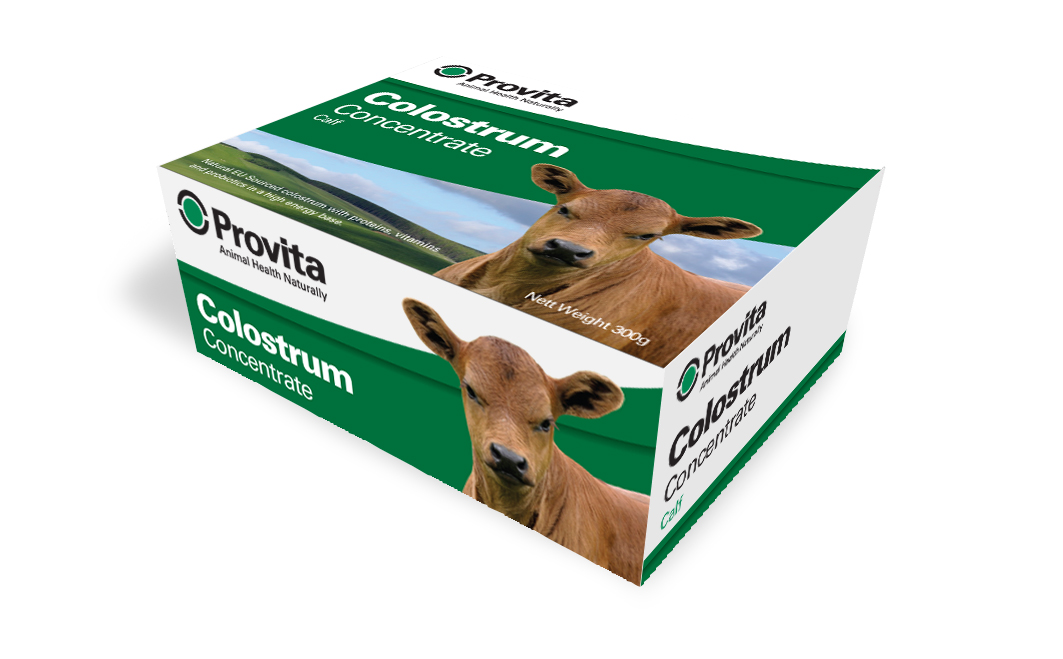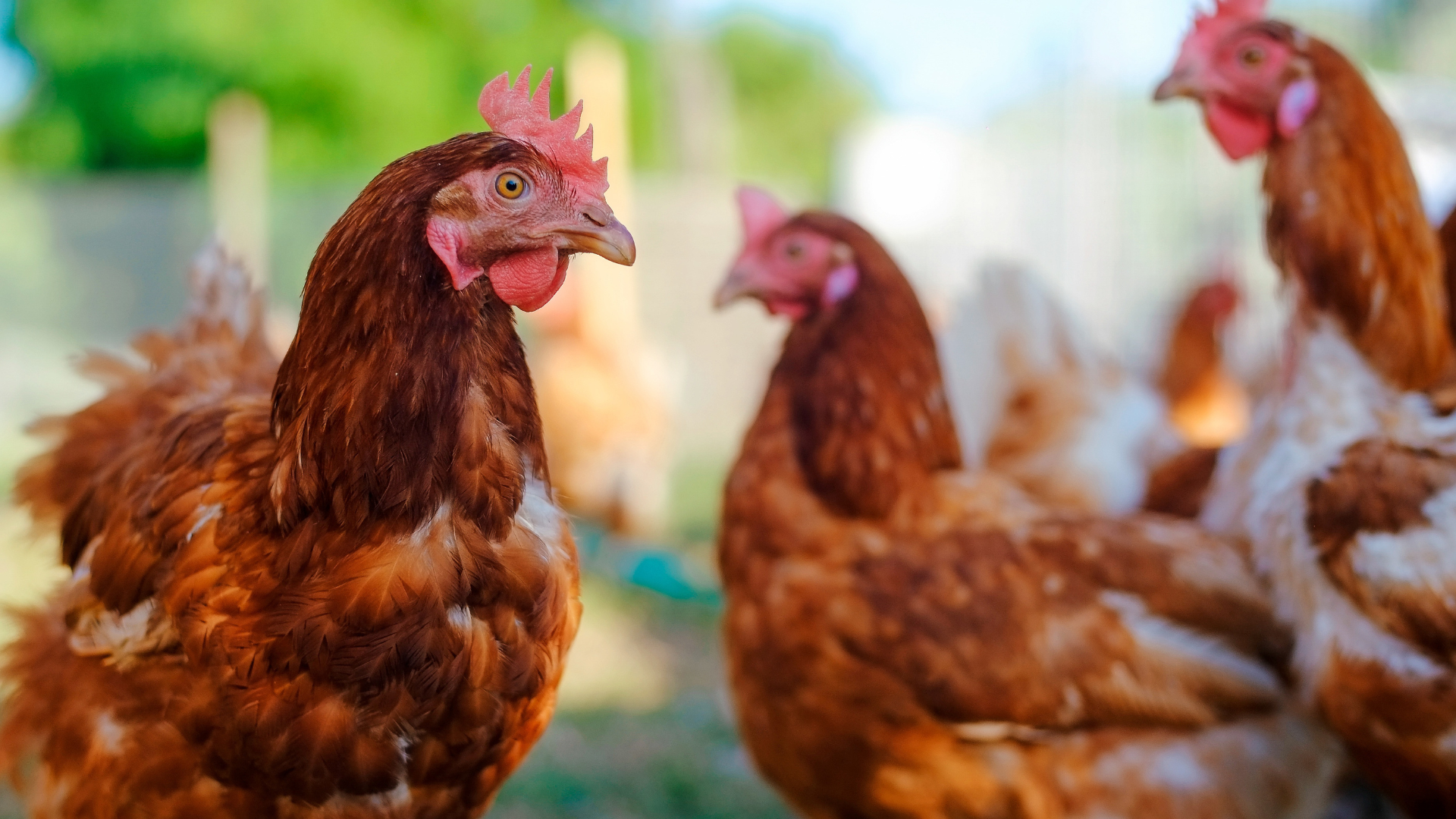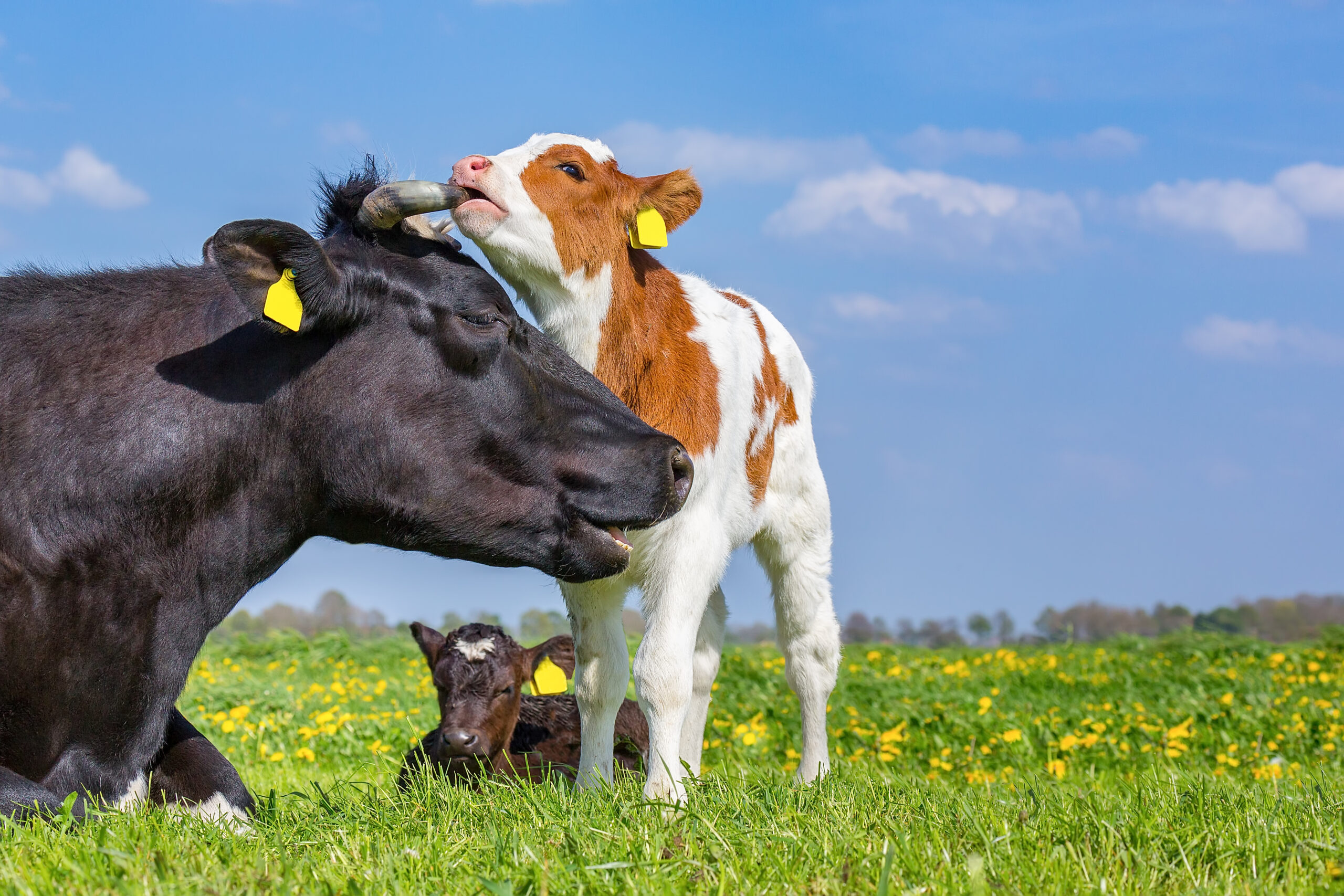
by Dr Tom Barragry, PhD, MSc, MVM, MRCVS, Dip ECVPT, veterinary pharmacologist and independent consultant to Provita Eurotech Ltd.
The Neonatal Gut and Immunity
In neonates, the gut microbiome is underdeveloped, so it is no coincidence that neonatal animals and human infants are immunologically vulnerable and are most susceptible to diseases immediately after birth. The gut is essentially sterile in utero and becomes populated gradually after birth.
It is now well established that a clear immunological link exists between the gut microbiota, the immune system and the presence or absence of neonatal disease. Several seminal studies in neonatal germ-free animals have unambiguously demonstrated that the absence of microbial colonisation in the neonatal gut results in suboptimal immune functioning, altered gut epithelialization, poorer growth, and more frequent disease occurrence. Thus, the gut microbiome and the immune system are connected.
The gut microbiome consists of a population of billions of commensal organisms (good bugs) which provide many beneficial effects for the body, and in fact, the gastrointestinal tract is now known to be the largest immune system of the body. This gut microbiota contains more cells than the entire number of somatic cells in the body and this repository of gut-derived DNA is now established as the principal driver of immune health in the newborn.
Use probiotics prophylactically
Although the gut microbiome and the immune system are intimately connected, this dual system can only be effectively utilised if probiotics are given prophylactically to all young animals immediately after birth, a pre-emptive strike in other words.
A neonatal gut microbiome infused with early commensal-rich probiotics has been shown to reduce the subsequent incidence of scour and respiratory disease and to propel the young animal immediately up to a higher level of better health and productivity.
Waiting for disease to occur and then endeavouring to deal with it by therapeutic “firefighting” is a waste of time, money and also of the animal’s health and long-term productivity.
Antibiotics will always be needed and will always be necessary to treat serious outbreaks of clinical infectious diseases. What is at stake here is reducing the frequency of their usage, and indeed, if possible, to prophylactically head off outbreaks of disease before they establish. The usefulness of any antibiotic is inversely proportional to the frequency of its usage.
The regular application of oral broad-spectrum antibiotics is a particular problem insofar as it is a very blunt instrument, which affects not only gut pathogens but also the resident population of beneficial commensals. Oral broad-spectrum antimicrobials in effect “asset strip” the gut microbiome of more organisms than is necessary, including the vital beneficial ones, from which the microbiome may take time to recover.
This indiscriminate oral antimicrobial usage can be regarded as a “subtractive approach” in terms of the gut microbiome, whereas seeding the gut with beneficial organisms with probiotics is an “additive effect”.
Use only proven & authorized probiotics
There is only one proven and authorised probiotic on the UK market for use in calves, Provita Protect POM VPS. Protect has been clinically proven in field trials and the results were accepted by the VMD who have granted a market authorisation for the product.
This product showed:
- Reduction in E. coli scour incidence of 83% in treated animals when compared to negative controls
- 10% increased weight gain was achieved to weaning
- 33% increase in ADG#
- Reduction in respiratory disease incidence of 70%
In accordance with the cascade legislative mechanism, this product could also be used in young lambs where it will reduce the incidence of watery mouth and will accelerate growth until weaning.
Provita Protect POM VPS
Oral supplement providing high-level multi-strain probiotic bacteria.
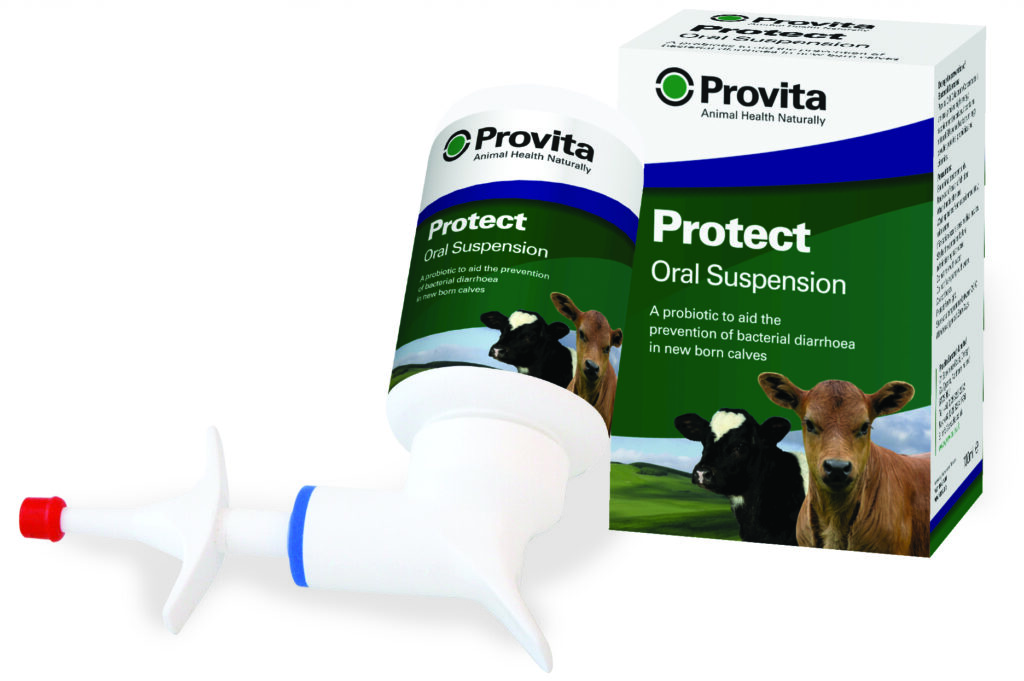
View or download the product brochure.
Probiotic actions
In recent years some very significant advances have been made in elucidating with more precision, the scientific mechanism and action of probiotics with respect to their interactions with the gut microbiome and on the development of immunity in the gut barrier itself.
Probiotics contain Lactobacilli and Enterococcus microbial species which have the following beneficial effects within the gut by enhancing the local commensal population:
#1 Crowding out pathogens, blocking E coli adhesion, and neutralising pathogenic toxins (competitive inhibition).
#2 Effects on the gut barrier itself, including sealing of tight junctions, increasing trans epithelial electrical resistance (TEER), prevention of leaky gut syndrome, stimulation of local gut immunity and the release of natural anti-microbial substances such as, bacteriocins and more.
#3 Immunological effects in the gut by the release of chemical signalling agents from the commensal organisms, leading to heightened immunity in the gut mucosal barrier, and in other organs such as the lungs. This immunological potential of probiotics has now come centre stage and has become a primary focus of attention.
In addition, peer-reviewed papers have clearly demonstrated the positive interaction between probiotics and the gut microbiome and the gut mucosa, in terms of gut barrier protection, sealing of tight junctions, and immuno-stimulation.
Tight junctions are a critical structure in restricting trans-epithelial permeability of pathogens. Chemical signals sent from the microbiota, e.g., via short-chain fatty acids (SCFA) such as butyrate, promote fortification of the epithelial barrier through upregulation and sealing of tight junctions and associated cytoskeletal protein.
Many scientific publications have shown that in various species both Lactobacillus Acidophilus and Enterococcus Faecium (microbial components of probiotics) can seal the tight junctions of the gut, thereby restricting pathogen entry.
Immunological Cross Talk from Gut to Lungs
Medical research has demonstrated the beneficial effects of quality probiotics on commensals of the gut, which results in an augmentation of the signalling from the gut microorganisms to the immune system via SCFA (short-chain fatty acids) and other signalling inducers.
“Cross talk “exists between the gut and the lung in terms of the amplified gut microbiome facilitating not just local immunity in the gut but also protection in the respiratory system the brain and other tissues.
The lungs in particular show higher levels of antibodies and IGA following probiotic administration and respiratory disease has been shown to be reduced following gut probiotic administration.
In other words, disorders, and imbalance in the gut microbiome (dysbiosis) adversely affects not only the gut defences but also the immunological defences in the lungs.
Eubiosis in the gut (i.e., a healthy gut flora) is associated with high SCFA whereas dysbiosis in the gut (pathogenic organisms) is associated with a decrease in SCFA.
In animals, it is established that calves which have had scour, are approximately twenty times more likely to develop respiratory disease problems.
In human medicine, it has been repeatedly established that a dysfunctional gut microbiome (dysbiosis) is associated with respiratory problems. This is evidenced by the fact that when gut disorders such as Irritable Bowel Disease (IBD), or Coeliac disease exist in humans, they are commonly associated with a higher incidence of respiratory infections and related asthmatic-like conditions.
Colostrum Substitutes
The newborn animal urgently needs a source of energy (glucose) in order to survive and to prevent the occurrence of a fatal hypoglycaemia and acidosis. Despite widespread knowledge of the importance and role of proper colostrum feeding, various surveys have shown that failure of passive transfer (FTP) occurs in at least 33% of newborn calves. Thus, a huge vulnerability gap exists in the majority of newborn animals.
Although many microbial agents can cause diarrhoea in calves, Enterotoxigenic E. coli is usually the prime offender early on in calves and lambs, causing hypersecretory diarrhoea in the first five days of life. Each calf can affect five other calves, and so calf scour is a herd problem, and should be seen and treated as such. In lambs, almost half of total lamb losses occur at lambing (0-48hrs), with a further 11% occurring 2-14 days post-lambing.
Prevention of infection from day one of life by supplying antibodies and probiotics is a solid and scientific, evidence–based, alternative approach to antibiotic usage. There is also a beneficial and synergistic immunological effect between colostral antibodies (IgG), egg antibodies (IgY), and licensed probiotics.
Although adequate colostral antibodies (passive immunity) are unquestionably important, what is actually more crucial is that the calf or lamb can quickly kick-start its own immunity defences. It must rapidly develop a healthy gut microbiome and must also receive immediate energy resources to survive.
This increase in long-lasting immunity functioning is affected by augmenting the commensals of the gut microbiome by probiotics and by providing a wide range of passive antibodies and immediate energy in the form of lactose and Vitamin E. Vitamin E transfers poorly from the placenta to the foetus, such that newborn animals need a supply of this vitamin, especially for their immune functioning.
Although colostral IgG antibodies are useful and important, they are not the only source of antibodies. Research has shown that immunoglobulins derived from the egg yolk of immunised hens (called IgY) may be more potent than traditional IgG antibodies, in terms of the range of pathogens that they can cover, and their binding rates to pathogens.
The prerequisites for calf and lamb survival are:
- Antibodies (passive and immediate immunity)
- Active immunity (longer lasting) This is affected via the commensals (“good bugs”) of the gut microbiome stimulated by Probiotic administration.
- Vitamin E & vitamin A, to kick start and activate the lamb’s own immune system, epithelial health, and antibody production.
- Carbohydrate as an immediate source of energy to prevent hypoglycaemia, acidosis, collapse, and weakness occurring.
Provita Colostrum Concentrate
Provita Colostrum Concentrate provides a high level of natural EU-sourced colostrum, with added egg powder and vitamins carried in a nutritional energy source. It is high in fat-soluble vitamins A, D and E and Its easy-mix formula makes it fast and practical to use.
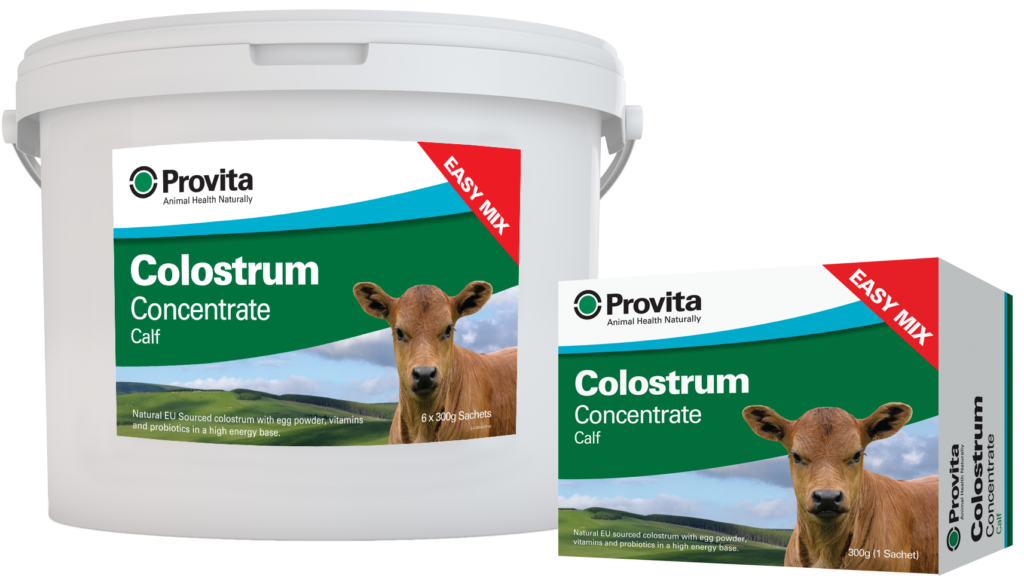
View or download the product brochure
Click here to explore NVS’s full range of calving essentials
 More about the author – Dr Tom Barragry, Veterinary pharmacologist
More about the author – Dr Tom Barragry, Veterinary pharmacologist
Dr Tom Barragry, PhD, MSc, MVM, MRCVS, Dip ECVPT is a qualified veterinary surgeon with a master’s and PhD in veterinary pharmacology. He spent over 40 years as a university professor teaching pharmacology & therapeutics.
Author of the well-known veterinary textbook ‘Veterinary Drug Therapy’ and over a hundred veterinary papers and articles. Dr Barragry also has extensive commercial experience in pharmaceuticals and is currently consulting for Provita Animal Health.
The article was originally posted in The Cube magazine, October 2023 issue. Click here to read the magazine.
